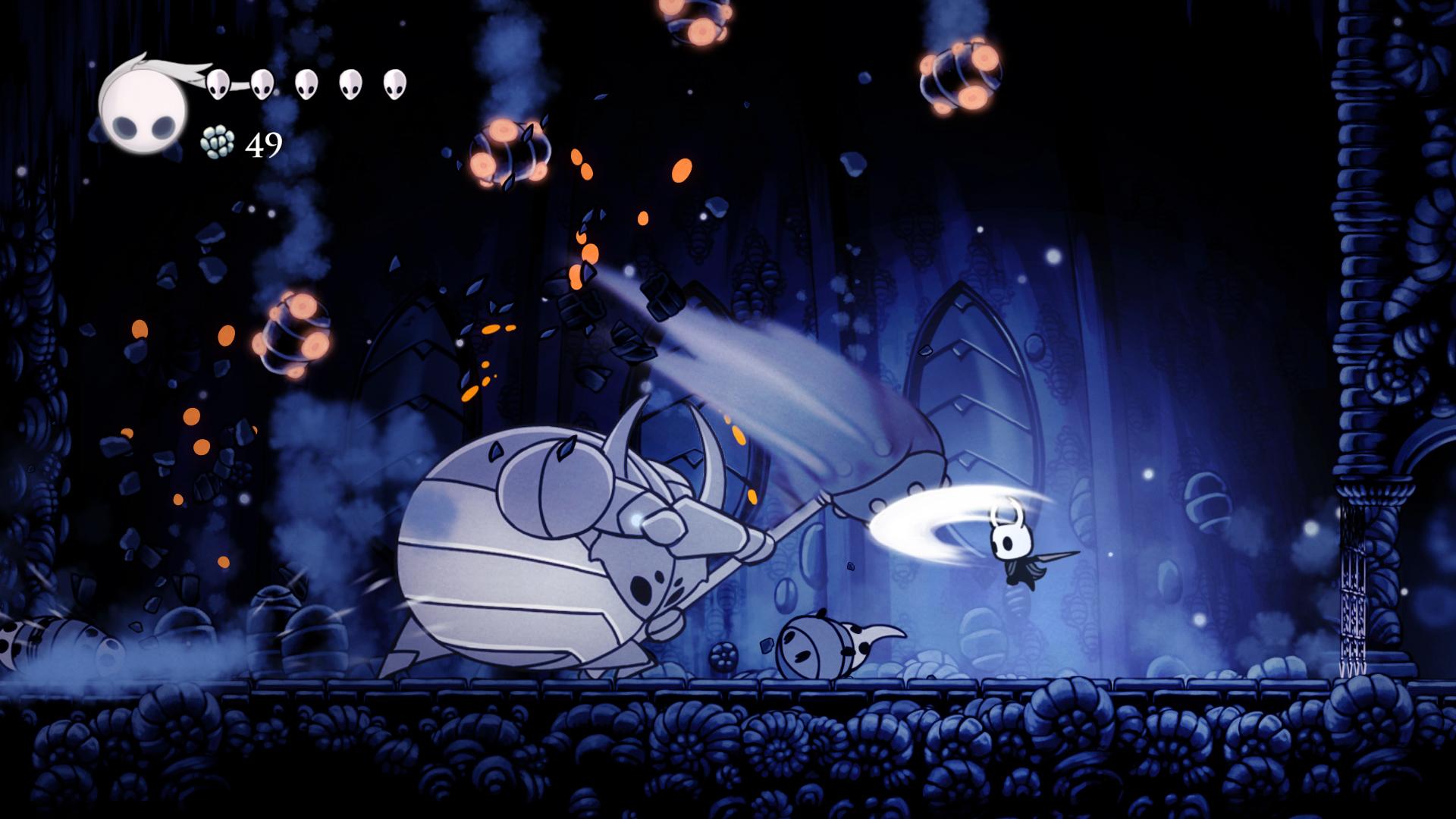
For this week’s critical play, I (re)played Hollow Knight by Team Cherry on Windows. While Hollow Knight is one of the first games I’ve ever played, it’s still overwhelmingly my favorite game of all time. Everything from the mood, art, gameplay mechanics, story, map design, and music come together to weave together an incredible narrative and experience that I don’t think I’ll ever forget. As such, the game offers everything from fantasy, to narrative, to challenge, to discovery, to expression, to fellowship (in the NPC friends you make along the way) and finally to submission. While the game is considered objectively difficult to a majority of the gaming community, I’d really recommend the game to anyone, whether they’re hardcore gamers or just casual players. As a minor side note, during the height of the pandemic, I recommended the game to a friend who had only ever played Smash, Breath of the Wild, and Animal Crossing; while she initially found it difficult, she ended up spending over 100 hours finishing and speedrunning the game. By the end of it, she was far better than me (despite playing on keyboard).
A large part of why she was able to quickly catch onto the game mechanics lay upon the balancing of the game. Since the game is single-player, the game gets progressively more challenging as you unlock more regions and abilities. Moreover, the characters and gameplay balancing does a good job of guiding you along a certain path: it’s quite difficult to end up “stuck” in a difficult section of the game, since you always have the option to leave a boss arena or return back and re-explore a region of the game which is a little bit more friendly.
Along the way, your character picks up new abilities in both combat and movement. A large part of these abilities lie in spells (new abilities) and charms (which largely magnify your abilities): as you wander through the sprawling map, you’ll come across three possible spells and a myriad of charms (some purchasable) to add to your repertoire. You’ll also be able to upgrade your weapon, letting it deal more damage. But the most beautiful part of the game is that all of the bosses can be completed without these upgrades and spells: with the base mechanics of walking, dashing, jumping, and hitting (with your weapon, called a nail), it’s possible to beat every boss in the game. There are also a variety of viable strategies in the game, but there is never a singular optimal strategy for every boss in the game due to their unique movesets. This rules out the possibility that a player will rely on a singular strategy for every boss, thereby ruining the fun of the game.

The game also draws upon transitive (through spells), intransitive, and fruity (through charms) balance between game objects. While spells are certainly extremely useful (especially due to the amount of damage that they do), players must use soul (life essence) to both heal their character and execute spells. As such, by using too many spells, players run the risk of being unable to heal after taking damage. Moreover, players are only given a certain number of charm slots. While the number of these charm slots increases throughout the game, each charm is unique. Stronger charms take up a greater number of slots, and most charms have vastly different abilities. Thus, because some bosses are weaker to certain strategies than others, players must carefully choose their charms based on the strategy they hope to employ.
A final note: I’m a little sad that this is my final Critical Play, but I had so much fun playing and writing them up! Thank you so much for reading through them, and I hope you play a couple of the games I’ve mentioned 🙂


